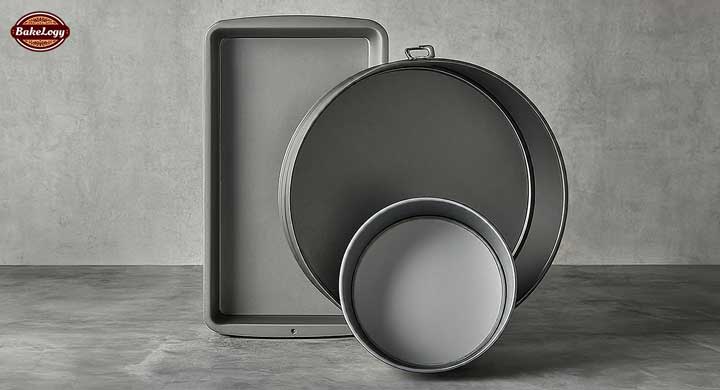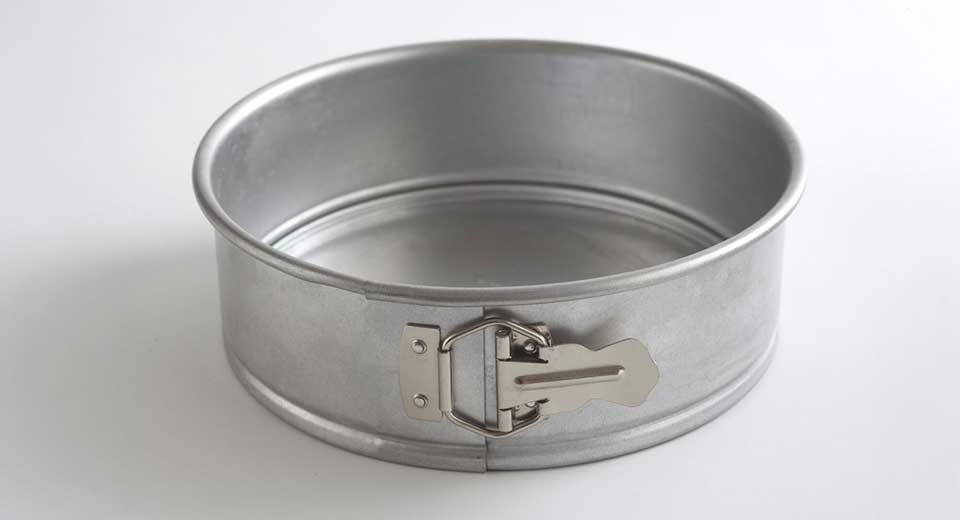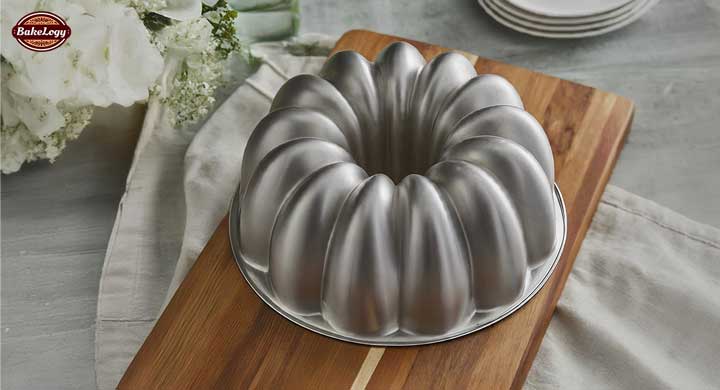Muffin tins are a versatile pan that most bakers use. They are specifically tailored to give individual portions of the batter an exact shape and bake them into perfectly portioned muffins or cupcakes. Muffin tins also vary in size, ranging from the number of muffins they can hold to the materials used.
In this article, we will delve into the things you should know about muffin tins: their types, sizes, and some tips on how to use and care for them.
Types of Muffin Tins
Muffin tins can be made from many materials and finishes. Each one has its benefits when it comes to baking.
Non-Stick Muffin Tins
Non-stick muffin tins are popular because muffins and cupcakes come right out of the pan—easy peasy, no sticking! Cleanup is easy as well. Make sure to use wooden or silicone utensils as metal may scratch off some of the non-stick coating.
Stainless Steel Muffin Tins
These stainless steel muffin tins are heavy-duty and a durable option for baking. They do not warp at high temperatures and allow wonderful heat distribution. However, muffins tend to stick to these pans, so greasing the pans or using liners specifically made for muffins is a good idea.
Silicone Muffin Tins
Silicone muffin tins flex, making baked goods easy to remove. They are dishwasher-safe, making them a convenient choice. However, they are not sturdy enough to be placed directly onto the oven rack, so put them on a baking sheet before filling with batter.
Aluminum Muffin Tins
Aluminum muffin tins are lightweight and relatively inexpensive. They heat quickly and evenly, which helps produce better-quality baked goods. However, like stainless steel, muffins will stick unless you line or grease the tin completely.
Popular Muffin Tin Sizes
Muffin tins come in various sizes depending on the recipe and the portion size you want.
Standard Muffin Tins
A regular muffin tin has 12 cups and is used for standard-sized muffins and cupcakes. Each cup can hold about 1/2 to 2/3 cup of batter.
Mini Muffin Tins
A mini muffin tin usually has 24 cups and is ideal for bite-sized muffins or cupcakes. Mini muffin pans are excellent for making appetizers, mini desserts, or party snacks.
Jumbo Muffin Tins
Jumbo muffin tins have 6 large cups, perfect for super-sized muffins or cupcakes. You’ll find them ideal for bakery-style, large domed-top muffins.
How to Use Muffin Tins
Getting the best results from your baked goods involves using muffin tins properly.
Preparing the Tin
Before you add the batter, prepare the muffin tin. Spray butter or oil into every cup, or use paper liners to save on cleanup and minimize sticking.
Adding the Batter
Fill each cup about 2/3 full for evenly sized muffins or cupcakes. Use an ice cream scoop and a spoon to level off. Avoid overfilling, as the batter may spill over the top during baking.
Baking Times
Baking times vary depending on the size of the muffin tin. Standard muffins take 18-22 minutes in a 350°F (175°C) oven. Mini muffins bake in 10-12 minutes, while jumbo muffins may take 25-30 minutes.
Cooling and Removing Muffins
Let the muffins cool in the tin for 5 to 10 minutes after baking. Then, carefully remove them and allow them to cool completely on a wire rack to prevent soggy bottoms.
Care and Maintenance of Muffin Tins
Taking good care of your muffin tin ensures it lasts long and performs well.
Cleaning
Always refer to the manufacturer’s instructions when cleaning your muffin tin. Non-stick and silicone tins are typically dishwasher-safe, but hand washing is often recommended for longevity. Wash aluminum or stainless steel pans by hand with warm soapy water, using soft scrubbers to avoid scratches.
Storage
Stack muffin tins in the cabinet for efficient storage. Silicone pans can be laid flat or folded to save space. Ensure all pans are completely dry before storing to prevent rusting on metal pans.
Substitutions for Muffin Tins
There are alternatives to muffin tins when you don’t have one on hand.
Baking in Ramekins
Ramekins work well for individual muffins or cupcakes. Just remember that baking time may vary since ramekins cook differently from muffin tins.
Baking in a Sheet Pan
You can bake muffin batter in a sheet pan by placing liners directly on the pan. The shape won’t be as perfect, but the taste will be just as good.
Tips for Baking in a Muffin Tin
- Use Muffin Liners: Liners make removal easier and enhance the presentation of your baked goods.
- Flip the Pan: Halfway through baking, rotate the pan for uniform baking, especially if your oven has hot spots.
- Freeze Leftover Batter: If you have leftover batter, freeze it in the muffin tin for future use. Freeze it until solid, then transfer to a freezer bag for up to three months.
Conclusion
A muffin tin is a must-have tool for every baker, whether you’re making sweet cupcakes, savory muffins, or bite-sized treats. The material and size of the tin, preparation, and post-baking care all contribute to a smooth and successful baking experience every time.
FAQs About Muffin Tins
1. What material is best for muffin tins?
Muffin tins come in various materials like non-stick, stainless steel, silicone, and aluminum. Each has its pros and cons. Non-stick is easy to clean, silicone is flexible for easy removal, stainless steel is durable, and aluminum heats quickly.
2. How do I prevent muffins from sticking to the tin?
You can prevent sticking by using muffin liners or greasing the cups with butter, oil spray, or shortening before adding the batter.
3. Can I use a muffin tin for baking cupcakes?
Yes, muffin tins are perfect for cupcakes. Just line the cups with paper liners and fill them with cupcake batter.
4. What size muffin tin should I use?
It depends on the recipe. Standard muffin tins are the most commonly used, but mini and jumbo muffin tins are also available for smaller or larger portions.
5. How do I clean my muffin tin properly?
Non-stick and silicone muffin tins are usually dishwasher safe, but hand washing with mild soap and warm water is recommended to extend their lifespan. For stainless steel or aluminum, use a soft sponge to avoid scratching the surface.
6. Can I freeze leftover muffin batter in a muffin tin?
Yes, you can freeze leftover batter in the muffin tin. Once frozen, transfer the batter to a freezer bag for up to three months.
7. How long should I bake muffins in a muffin tin?
Baking times vary by size. Standard muffins take about 18-22 minutes at 350°F (175°C), while mini muffins take 10-12 minutes, and jumbo muffins may take 25-30 minutes.




